Apple MacBook Pro 13in review (mid-2014)
The all-conquering 13in MacBook Pro receives a processor bump and now starts at £999
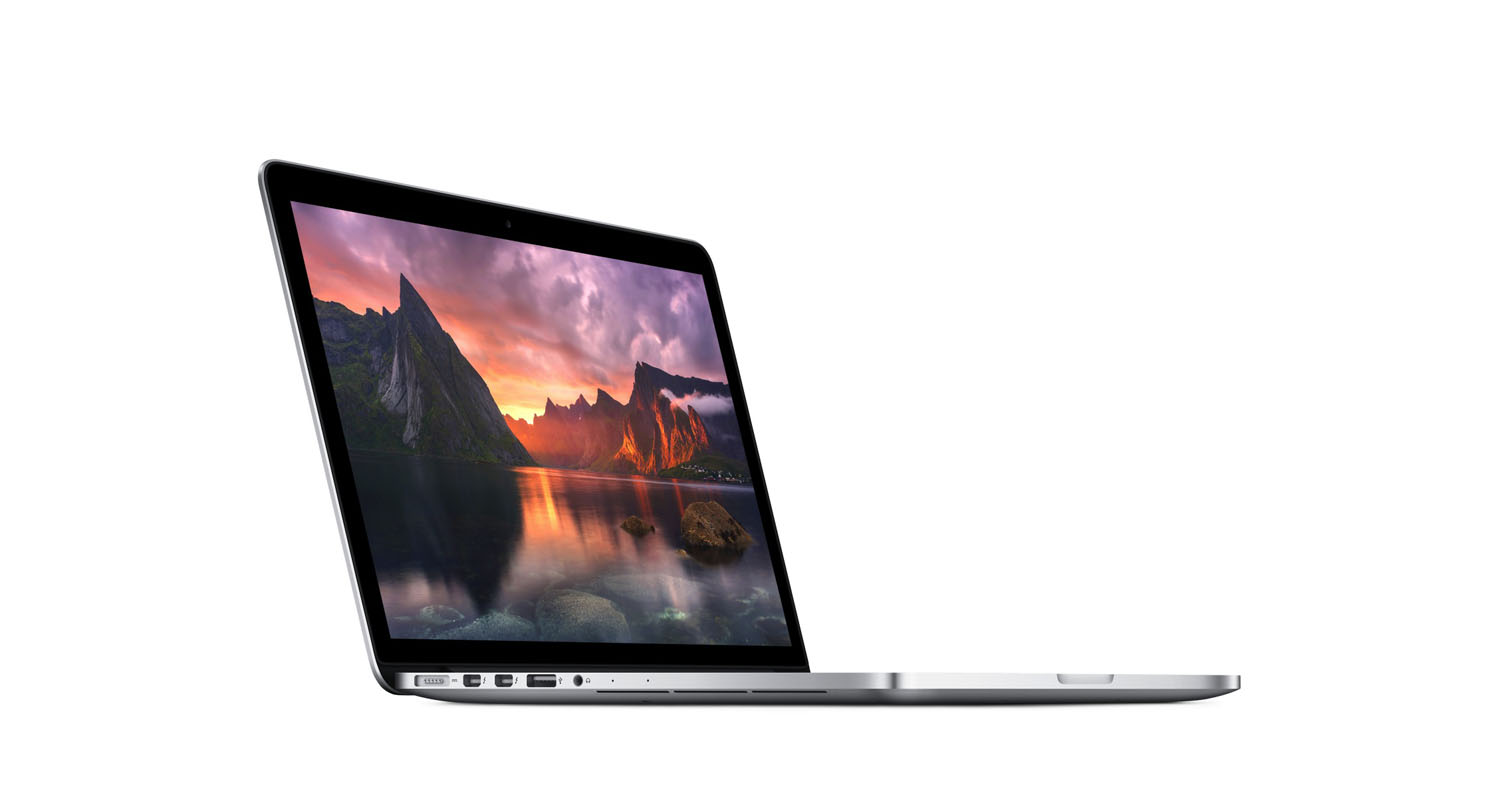

A minor specification boost is coupled with a £100 price cut to make the 13in MacBook Pro (2014) the best all-round laptop on the market.
-
+
Solid design; Good performance; Retina Display; 10-hour battery life
-
-
Non-upgradeable memory; Difficult to repair
Apple's high prices often restrict Macs to graphics and design departments rather than wide scale enterprise deployment. Throughout 2014, Apple has implemented a strategy to make its products more affordable and the 13in MacBook Pro laptop is the latest device to receive a 100 price cut.
Now starting at 999, the MacBook Pro is comparable to high-end Windows 8.1 Ultrabooks in terms of price. We take a look to see whether it's still got the performance to outmuscle rival devices.
What's new?
Our 999 review unit shipped with a dual-core i5 processor running at 2.6GHz, 8GB RAM and a 128GB SSD. Essentially Apple is shipping devices with the latest batch of Haswell chips for a reduced price because the Intel Broadwell refresh is imminent.
Upgrades can be made at the time of purchase but the cost of a device will escalate rapidly. You'll need to spend 200 to double the storage to 256GB. If money is no barrier, 400 will buy 512GB of storage and a 2.8GHz processor. And a dual-core i7 running at 3GHz is available for 240 if you need the maximum speed.
Our review unit posted a small performance improvement over the late-2013 model, despite the two devices having the same clock speed and RAM. This was down to Intel making incremental improvements to the latest batch of Haswell chips.
Running our benchmarks to simulate office and multimedia work on Windows 7 via Apple's Bootcamp feature - the 2014 MacBook returned an overall score of 81 out of 100 (up from 76). Performance was consistent across a variety of apps used in our benchmarks, and the MacBook Pro only stumbled when it came to demanding 3D rendering. It's acceptable for a laptop costing 999, and the MacBook Pro will be more than adequate for web browsing, running Office or graphics apps such as Photoshop.
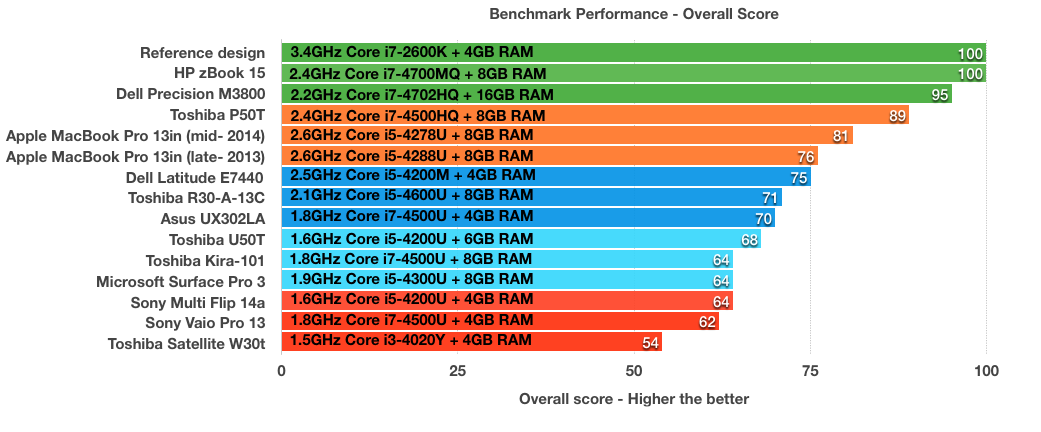
The 2014 model lasted 10 hours 20 minutes when running our video playback test at 75 per cent brightness. This was near-on identical to the 2013 model. When you use Wi-Fi, expect uptime to drop by a couple of hours.
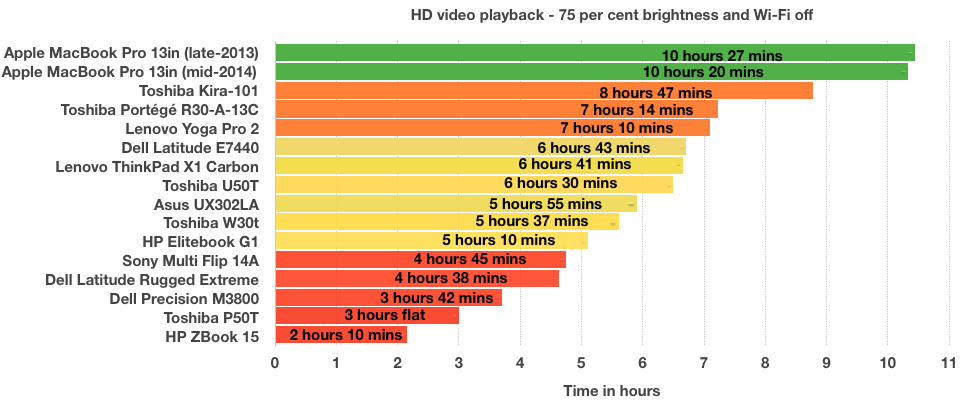
And what's the same
The design of the MacBook Pro hasn't changed with Apple sticking with the sturdy, attractive aluminium chassis. It's 18mm thick and weighs 1.6kg, so it's portable.
It's got the same port selection with 2 x USB 3 and 2 x Thunderbolt 2 connections. The lack of Ethernet remains troublesome for business users, so you'll need to pay 25 for a Thunderbolt-to-Ethernet adaptor if you need to connect the laptop to a wired office network.
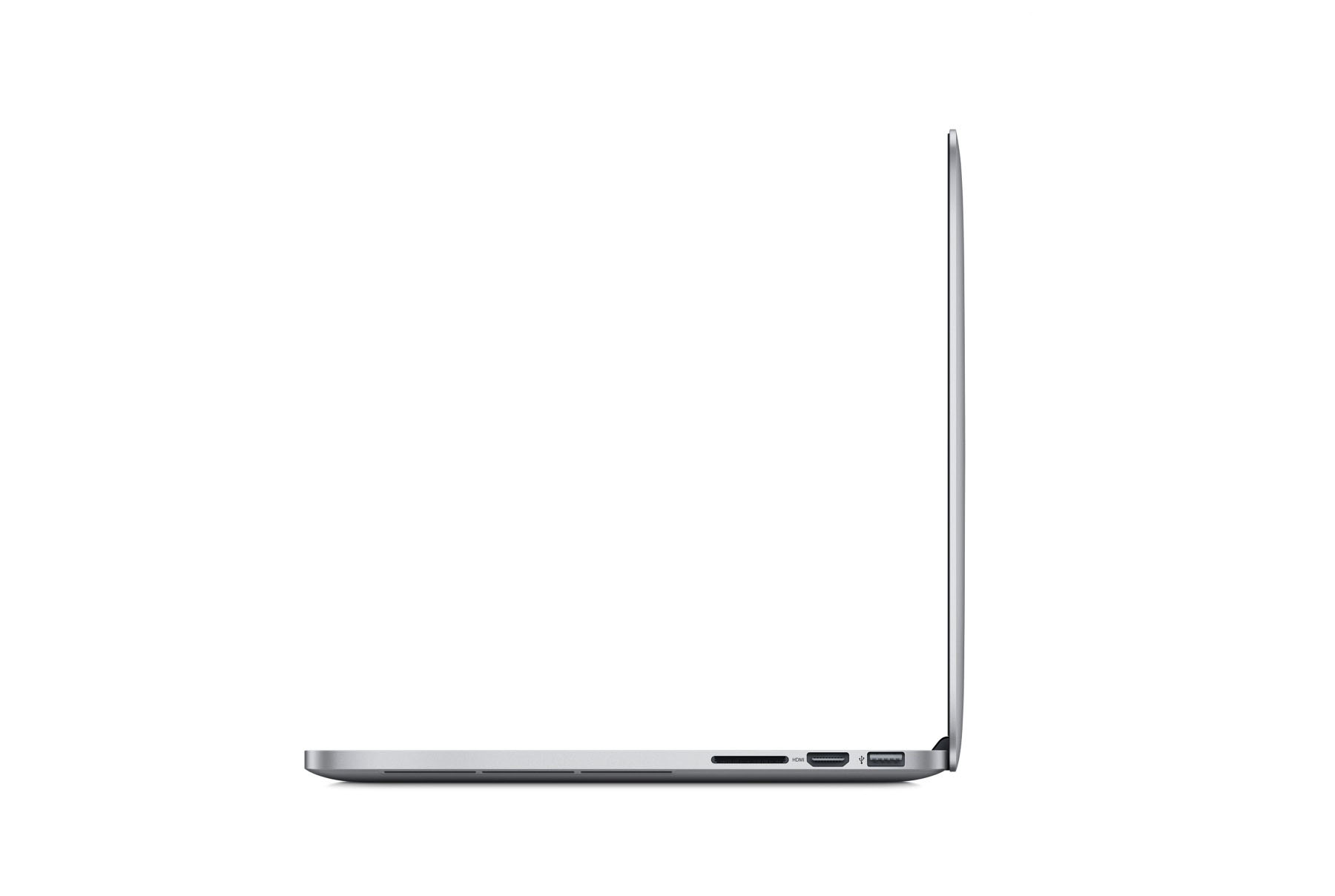
The lack of upgradeability remains a weakness. The memory in the MacBook Pro is soldered onto the motherboard, so choosing the amount at purchase is critical. The base of the laptop is also sealed with multiple pentalobe screws, which means that storage upgrades, repairs or battery replacements are difficult and may also void the laptop's warranty.
Retina Display
With the mid-2014 model being a minor refresh, no changes have been made to the display either. Apple continues to use the 13.3in IPS panel with a 2560 x 1600 resolution. This produces a bright (374cd/m2) and detailed image that is well suited to tasks such as photo- or video-editing. All Macs also include Apple's Keynote presentation software free of charge, so it's ready to create slick business presentations without having to install Microsoft Office.
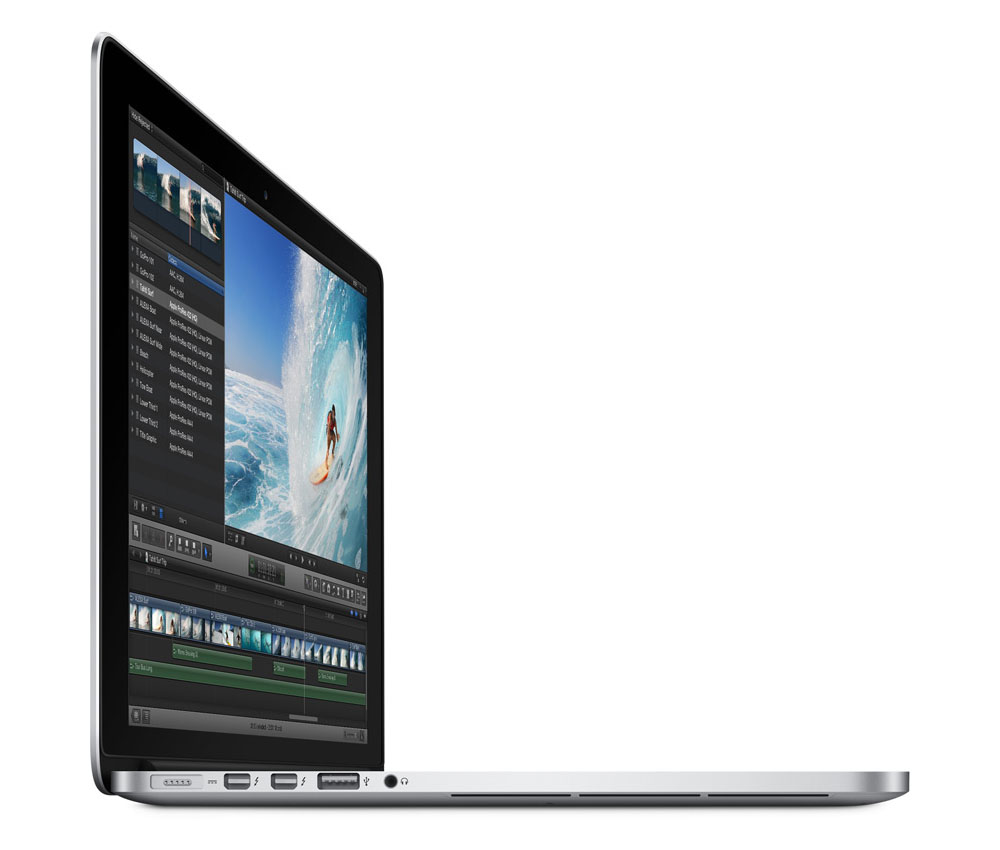
On paper the Retina Display doesn't have as many pixels as Windows laptops like Toshiba's P50T, which has a 4k display. But, Windows 8.1 isn't able to scale third-party apps properly so the hardware advantage is lost.
In contrast, OS X provides scaling options for the Retina Display that simulate lower resolutions so that you can choose a setting depending on the app you are using. This means that the MacBook Pro works better with graphics applications such as Adobe Photoshop, even if it can't quite match the higher resolution of some of its Windows rivals.
Overall
There may be Windows alternatives that provide greater performance or screen resolution, but 13in MacBook Pro With Retina Display combines screen quality performance, portability and battery life into a package that is unmatched.
The 999 starting price makes it more attractive to businesses who may be considering deployment.
Verdict
A minor specification boost is coupled with a £100 price cut to make the 13in MacBook Pro (2014) the best all-round laptop on the market.
Operating System: OS X Mavericks (10.9)
Processor: 2.6GHz Intel Core i5-4278U (3.1GHz Turboboost)
GPU: Intel Iris 5100 (integrated)
Display: 13.3-inch IPS display, 2560x1600 resolution
Memory: 8GB DDR3L
Storage: 128GB solid-state storage
Optical: N/A
Connectivity: dual-band 802.11ac Wi-Fi, Bluetooth 4.0
Ports: 2 x USB 3, 2x Thunderbolt 2, 1x HDMI, SD card reader, 1 x headphone Dimensions: 314 x 219 x 18 mm (WxDxH)
Weight: 1.6kg
Get the ITPro daily newsletter
Sign up today and you will receive a free copy of our Future Focus 2025 report - the leading guidance on AI, cybersecurity and other IT challenges as per 700+ senior executives
-
 AI is helping bad bots take over the internet
AI is helping bad bots take over the internetNews Automated bot traffic has surpassed human activity for the first time in a decade, according to Imperva
By Bobby Hellard Published
-
 ‘We are now a full-fledged powerhouse’: Two years on from its Series B round, Hack the Box targets further growth with AI-powered cyber training programs and new market opportunities
‘We are now a full-fledged powerhouse’: Two years on from its Series B round, Hack the Box targets further growth with AI-powered cyber training programs and new market opportunitiesNews Hack the Box has grown significantly in the last two years, and it shows no signs of slowing down
By Ross Kelly Published
-
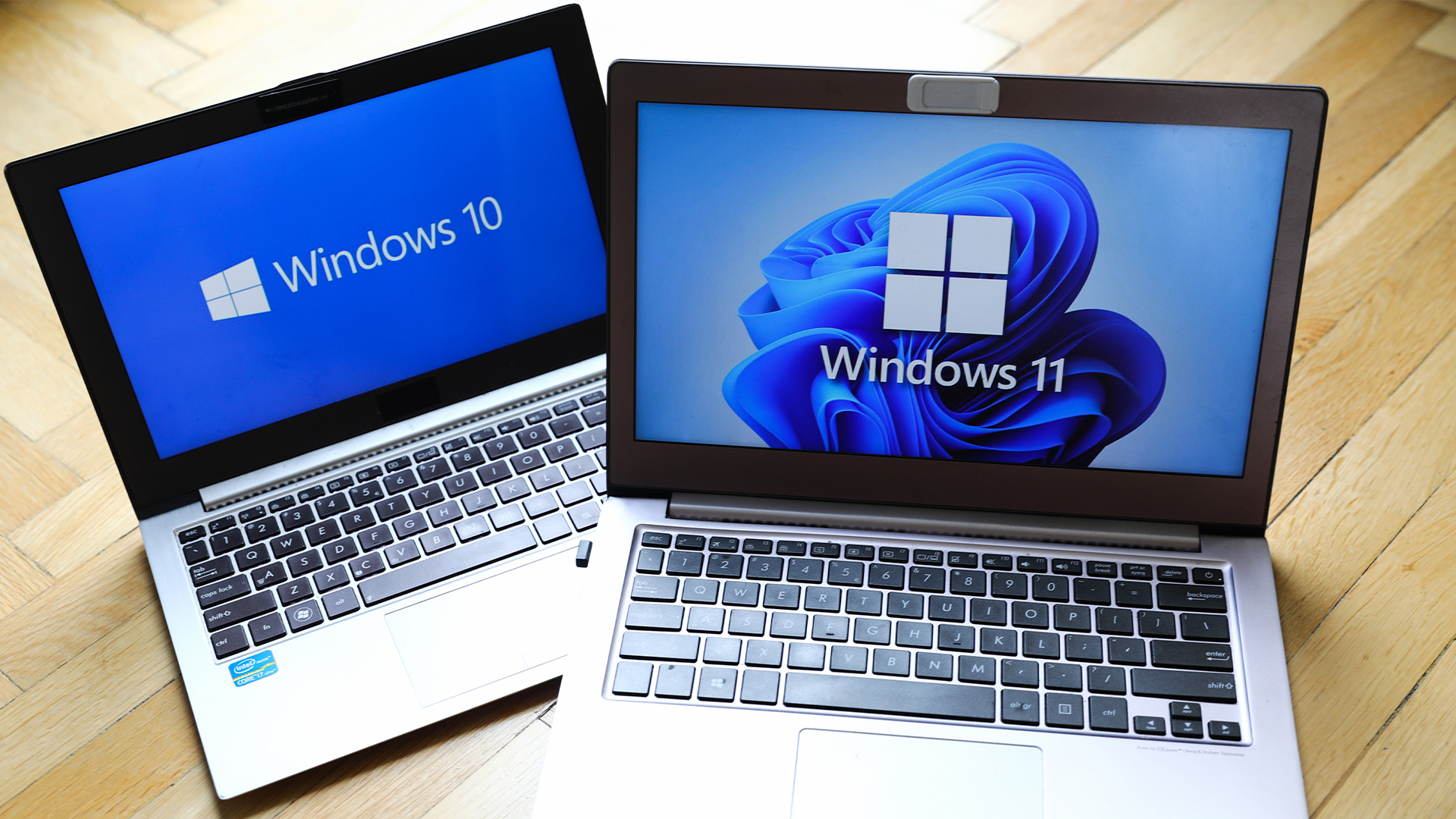 Dragging your feet on Windows 11 migration? Rising infostealer threats might change that
Dragging your feet on Windows 11 migration? Rising infostealer threats might change thatNews With the clock ticking down to the Windows 10 end of life deadline in October, organizations are dragging their feet on Windows 11 migration – and leaving their devices vulnerable as a result.
By Emma Woollacott Published